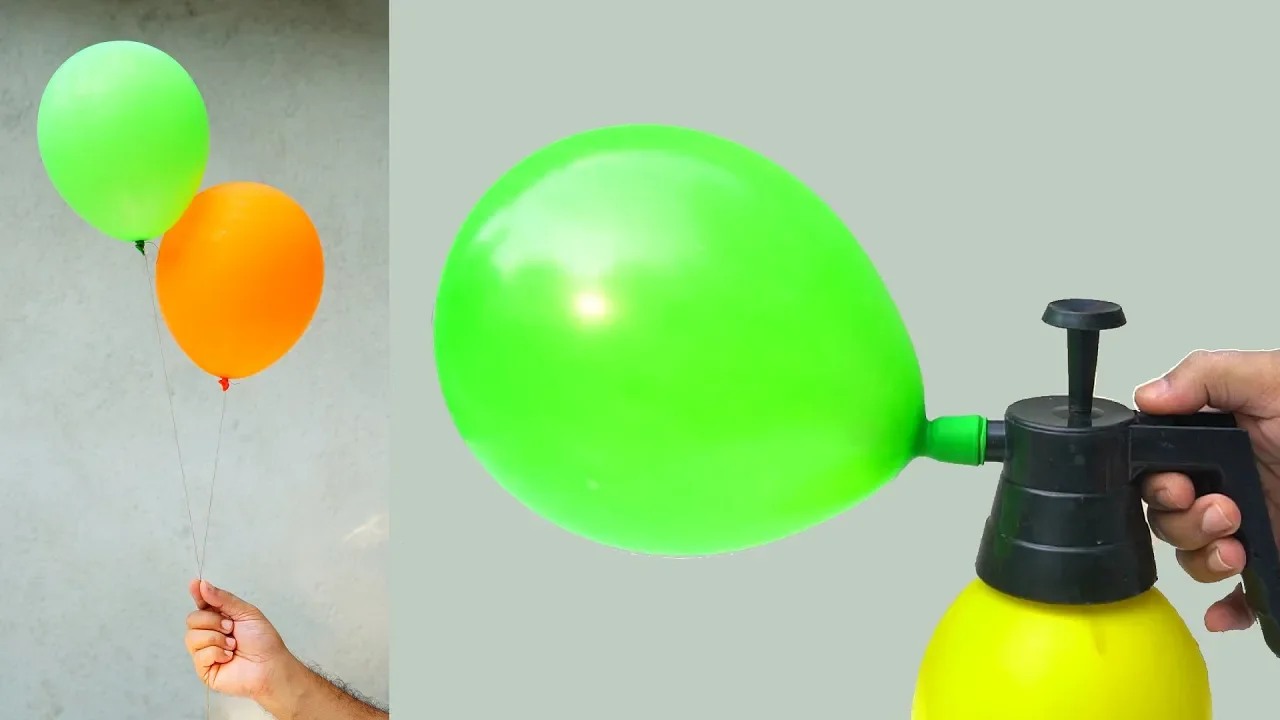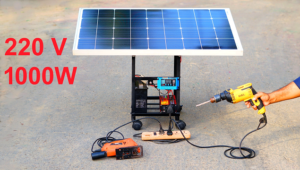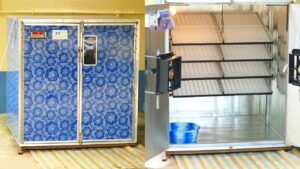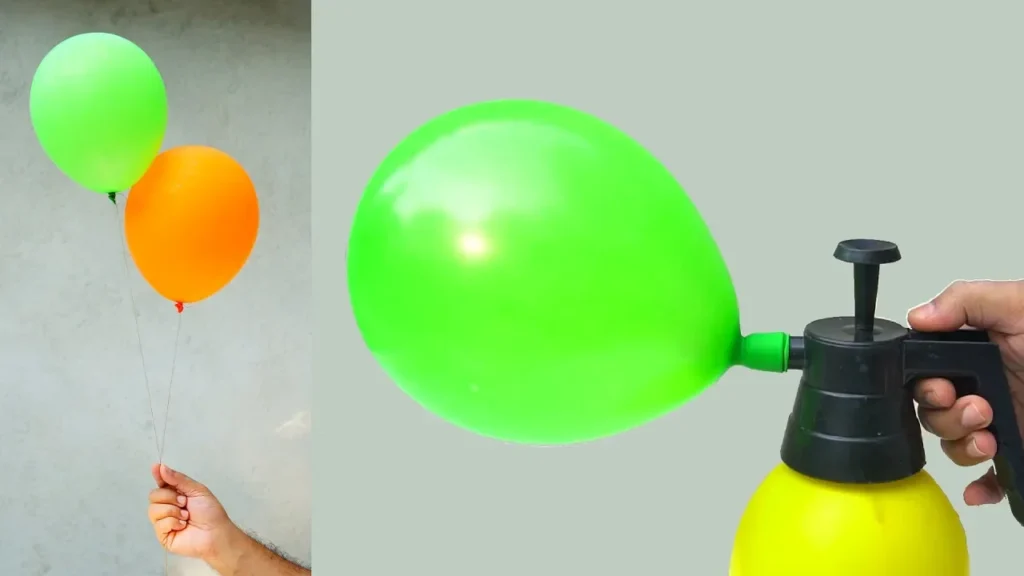
Balloons are loved by almost all people. Everyone from kids to old loves balloons. Balloons are used to decorate the house and play. It is a special part of children’s play. Balloons are used to decorate the event at home. Balloons are essential for decorating everywhere from birthdays to marriage anniversaries. Many festivals are celebrated by blowing up balloons. It is also very beautiful to see many balloons flying together in the sky. How to fly this balloon? Why does the balloon go up slowly? What is the difference between ordinary balloons and flying balloons? I have discussed this in detail below.
How Balloons Fly in The Sky:

There is no difference between a flying balloon and a normal balloon. There is a difference in the gas inside them. What are the difference between the gas of normal balloons and flying balloons? The normal air that fills the balloon is the air closest to the Earth’s surface. That is the air at the very bottom of the atmosphere. As we all know, this air has the highest density. This air is heaviest due to its high density. And heavy air will be down, that’s normal. On the other side, the balloon that rises up has hydrogen gas inside it. Hydrogen gas is the lightest. Due to its lightness, this gas will rise to the top. This is normal. That is why this balloon filled with hydrogen gas rises above all layers of heavy air. Balloons can also be flown using Helium Gas.
How to Produce Hydrogen Gas:
Now the question is, how can this hydrogen gas be produced at home? Those who sell flying balloons in a shop fill the balloon with hydrogen gas from a cylinder. But hydrogen gas can also be produced at home. Some raw materials are required for this. These raw materials are-
Sodium Hydroxide (NaOH):
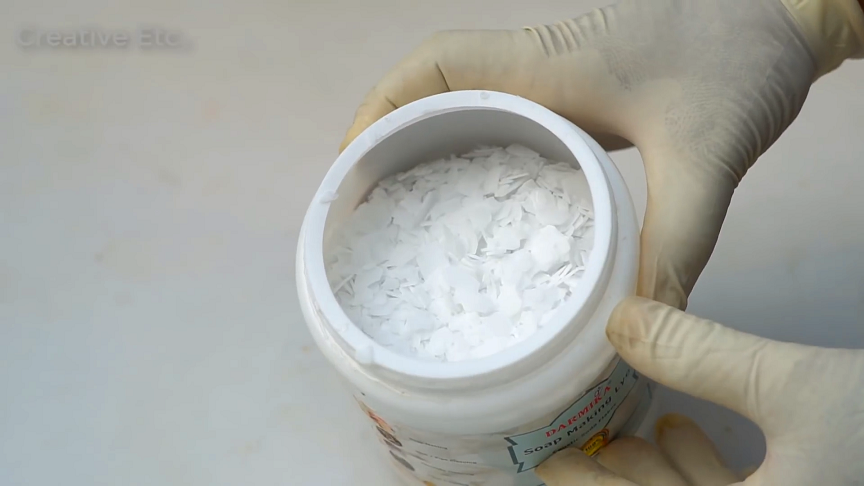
Sodium hydroxide is required to produce hydrogen gas. It is also known as caustic soda. This caustic soda is available to buy in local markets and online.
Aluminum (AI):
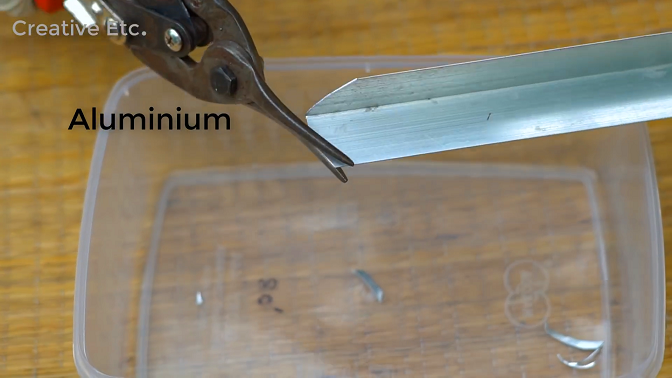
Aluminum is also required to produce hydrogen gas. It reacts with caustic soda to produce hydrogen gas. A piece of aluminum is required in this case. Aluminum can be bought in the local market. Water: Aluminum and caustic soda require water to react. For this, a certain amount of clean water should be used in this case.
The Bottle:
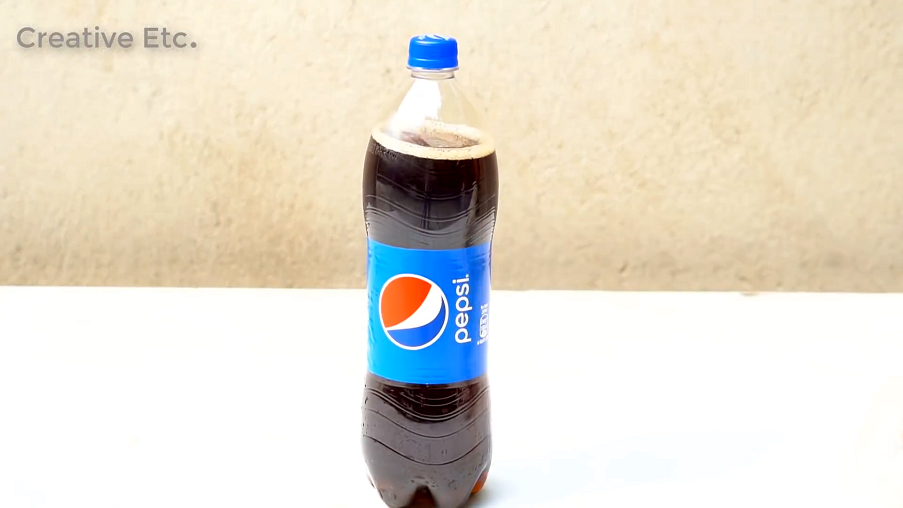
The container in which aluminum and caustic soda will react, should be a bottle. Because, if the reaction is not done in the enclosed space, the gas will mix with the outside air. For this, I used a 2-liter bottle.
Lock for Bottle:
I used a lock to release the gas and to re-close the bottle. This type of lock can be seen in saline bottles. I collected this lock from a saline bottle.
Hand Glaves The Glasses:
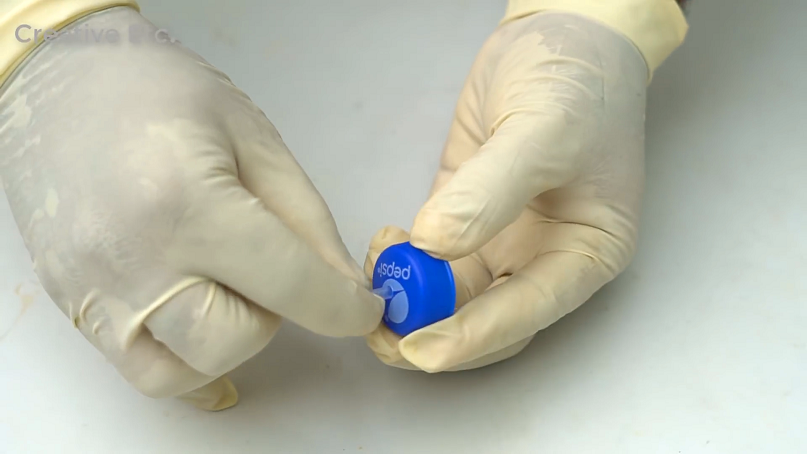
Hand gloves and the glasses should be worn before starting work. Because caustic soda can cause skin irritation, pain, and rash. These hand gloves are available at pharmacies. And wire glasses to safe eyes.
How to produce Hydrogen Gas:
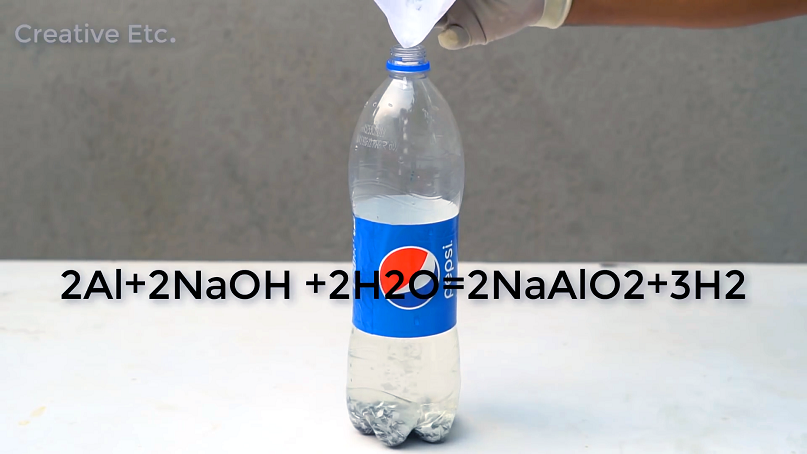
First, cut the aluminum into pieces with a cutter. I made a hole in the mouth of the bottle and put the lock on it with glue. Then I put on gloves. Filled the bottle with 500 ml of water. 50 grams filled in the aluminum bottle. Then give caustic soda. I also poured 50 grams of caustic soda into the bottle. Then I closed the cap of the bottle. Shake the bottle for a while. After a few minutes, you will see bubbles forming due to the reaction of caustic soda and aluminum.
2AI+2NaOH+2H2O=2NaAIO2+3H2
If left like this for 5 minutes, hydrogen gas will fill inside the bottle. Then put a balloon on the mouth of the bottle and open the lock, the balloon will fill with hydrogen gas, and it will swell.
Caution:
Producing hydrogen gas is very dangerous. For self protection, wear glasses and hand glaves. If the bottle is weak, the pressure of the gas may cause it to burst. Because gas is being produced every moment as a result of the reaction. If it can’t get out of the bottle, it gradually builds up a lot of pressure inside the bottle. For this, the gas must be filled in the balloon continuously after sometime. For this the gas will not increase the pressure in the bottle. Moreover, as a result of the reaction, the heat inside the bottle will increase. At this time, care must be taken when handling the bottle. Care should be taken to prevent children from participating in this reaction.

